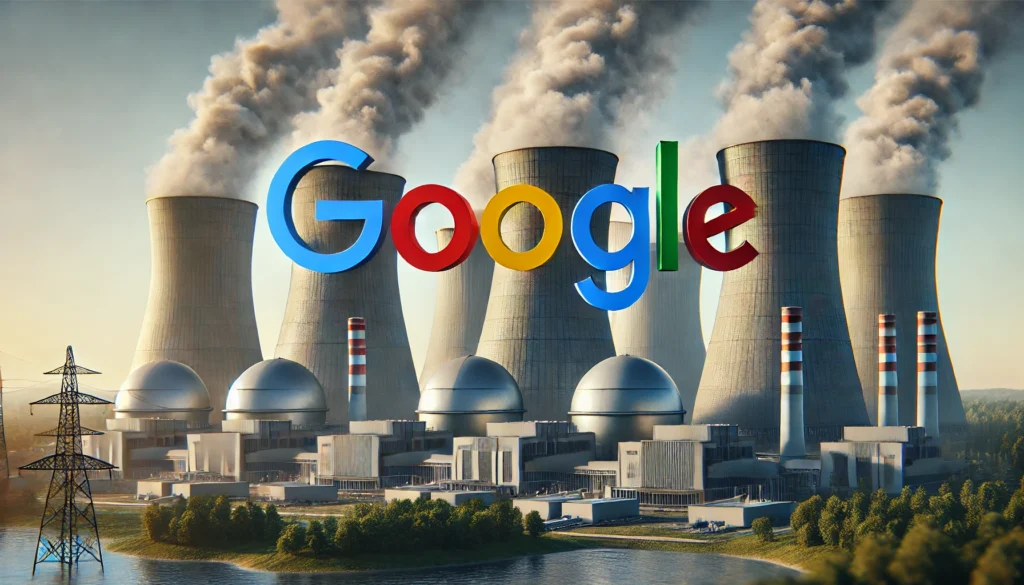Google’s recent announcement to partner with Kairos Power and invest in small modular nuclear reactors (SMRs) represents a pivotal moment for the global energy sector. This innovative approach aims to address the growing electricity demands of AI and data centers while supporting Google’s ambitious sustainability goals. As one of the most notable developments in energy strategy, this move also reflects a larger trend where major technology companies are turning to nuclear power as a reliable, carbon-free energy source.
Key Aspects of Google’s Nuclear Investment
- Up to 500 MW of Carbon-Free Power The partnership between Google and Kairos Power is expected to provide up to 500 megawatts (MW) of clean, carbon-free energy to U.S. electricity grids by 2035. The first SMR is slated for completion by 2030, marking a rapid advancement in the commercialization of these reactors.
- Why Small Modular Reactors? SMRs offer several advantages over traditional nuclear plants. Their smaller size makes them more cost-effective and allows for faster deployment. Kairos Power’s reactors will utilize fluoride salt-cooled high-temperature technology, a cutting-edge approach designed to enhance efficiency and safety.
- The Role of AI and Data Centers AI development and the increasing demand for data centers are driving tech companies to seek new, scalable energy solutions. Nuclear power offers a consistent, reliable energy supply, unlike renewable sources such as wind or solar, which are dependent on environmental conditions.
How Kairos Power’s technology works
Kairos Power’s technology uses a molten-salt cooling system and a ceramic, pebble-type fuel to efficiently transport heat to a steam turbine to generate power. This passively safe system allows the reactor to operate at low pressure, enabling a simpler, more affordable nuclear reactor design.
Using an iterative development approach, Kairos Power will complete multiple successive hardware demonstrations ahead of its first commercial plant. This will enable critical learnings, efficiency improvements that accelerate reactor deployments, and greater cost certainty for Google and other customers.
Kairos Power has already reached several technical milestones toward deploying its first power-producing reactor and unlocking the path to long-term commercial scale. This summer, Kairos Power broke ground on its Hermes non-powered demonstration reactor in Tennessee, the first U.S. advanced reactor project to receive a construction permit from the U.S. Nuclear Regulatory Commission.
Broader Trends: Tech Companies and Nuclear Power
Google is not alone in this nuclear shift. Other tech giants like Microsoft and Amazon have also explored nuclear energy options to support their own growing energy needs. As these companies continue to expand their operations, integrating SMRs into their energy mix could significantly reduce carbon footprints and set a new standard for sustainability in the industry.
Challenges and Future Outlook
While the potential for nuclear energy innovation is vast, the industry still faces challenges. Regulatory approvals, safety concerns, and commercial viability remain hurdles to address. However, with companies like Google leading the way, the future of nuclear energy in the tech sector looks promising.
By investing in SMRs, Google and its counterparts are not only advancing clean energy solutions but also setting a precedent for sustainable technology growth. This partnership with Kairos Power may well define the next era of energy in the digital world.
Stay updated by subscribing to our email newsletter:
Contact us for media inquiries by clicking here.





